Live: Solar-Powered Airplane En Route From Spain to Morocco
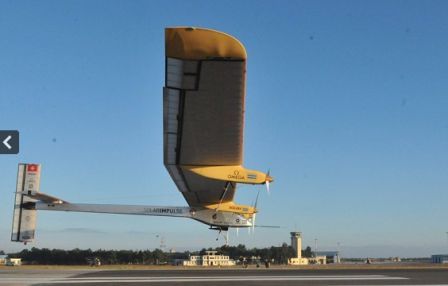 PERSISMA – A solar-powered airplane is nearly finished with the first flight from Europe to Africa after departing Madrid, Spain on battery power alone early this morning. The departure took place during total darkness with a full charge on the batteries to take advantage of the calm morning air. The flight across the Strait of Gibraltar to Morocco is the second leg of a trip that began at the team’s home base in Switzerland. The trip is a rehearsal flight for an around-the-world journey the Solar Impulse team hopes to complete in 2014.
PERSISMA – A solar-powered airplane is nearly finished with the first flight from Europe to Africa after departing Madrid, Spain on battery power alone early this morning. The departure took place during total darkness with a full charge on the batteries to take advantage of the calm morning air. The flight across the Strait of Gibraltar to Morocco is the second leg of a trip that began at the team’s home base in Switzerland. The trip is a rehearsal flight for an around-the-world journey the Solar Impulse team hopes to complete in 2014.
Solar Impulse continues to develop its first aircraft, HB-SIA, as work continues on a new model that is expected to make the around-the-world flight. HB-SIA left Switzerland last month with Andre Borschberg at the controls. Borschberg has flown the large, slow-moving airplane on most of its pioneering tests, including a 26-hour flight that tested the team’s strategy of gaining altitude and charging batteries during the day, and gently descending while using the batteries at night. This technique is how Solar Impulse plans to complete multi-day legs for crossing oceans.
Today’s flight from Madrid to Rabat, Morocco is piloted by Solar Impulse founder and veteran pilot Bertrand Piccard. In 1999 Piccard and Brian Jones became the first to pilot a balloon non-stop around the world.
The solar-powered airplane has a wingspan of 208 feet (63 meters), 11 feet more than the span on the Boeing 787. But HB-SIA flies with just four, 10 horsepower electric motors. The motors are powered by either lithium-ion batteries at night, or nearly 12,000 solar cells during the day. Flights are not fast, with typical airspeeds being less than 40 miles per hour.
The test flight from Spain to Morocco comes after a simulated endurance flight in February. Andre Borschberg spent 72 hours flying a ground-based simulator to test everything from sleeping positions (the around-the-world airplane will not have an autopilot, but will have an “electronic co-pilot”) to dealing with emergencies during the flight. We spoke to the Swiss pilot during the endurance test and he explained that his reaction times were measured from the time an alarm went off, to having his hands on the controls, “reaction time from alarm to when I grab the controls is 2 to 4 seconds. It is very quick.”
The new airplane, HB-SIB, will have a wingspan of 236 feet (72 meters) and is currently under construction in Switzerland.
Bertrand Piccard is expected to land in Morocco around 10 p.m. GMT. He is currently near Rabat, flying at 27,000 feet. But he must wait for winds on the ground to diminish before attempting a landing. In addition to the video above, the flight can be followed live on the Solar Impulse website.
Source: wired.com

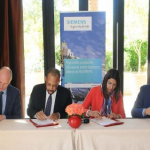








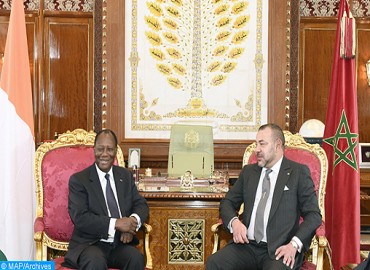

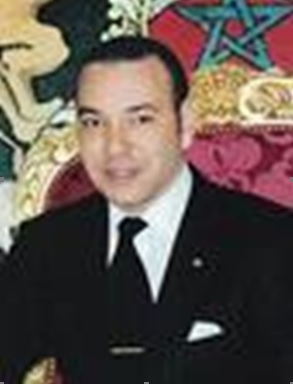

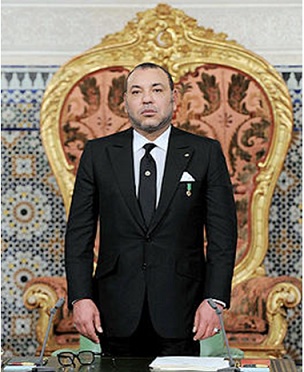




New Comments